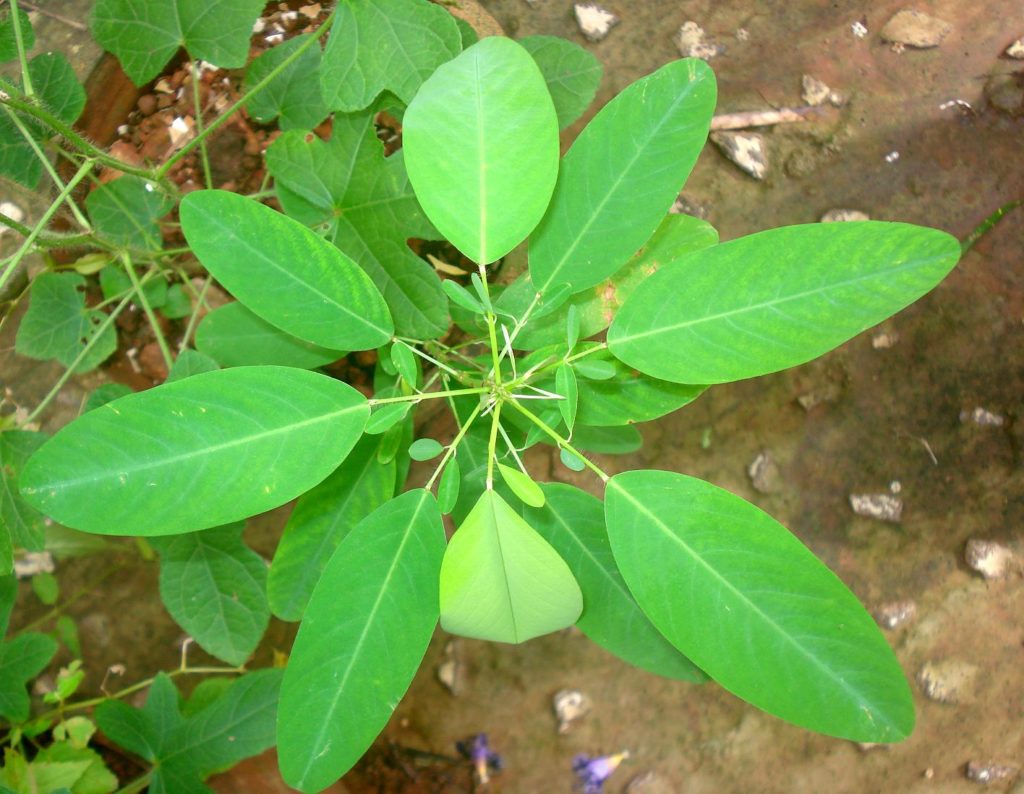DEPARTMENT OF BOTANY
MEDICINAL PLANTS
Desmodium gyrans (L.) DC
Common Name: Indian Telegraph Plant
Family: Fabaceae
Vernacular Names: Dudli – Hindi., Thozhukanni – Tamil., Ramanamapacha – Malayalam
Synonyms: Codariocalyx gyrans (L.f.) Hassk., Desmodium motorium (Houtt.) Merr., Hedysarum gyrans L. f., Hedysarum motorium Houtt.
Plant Description: D. gyrans is an erect shrub, 2 – 4 ft tall with young branches. Leaves are compound with 1 – 3 lealets. Leaf stalk is 1 – 2.5 cm long. Lateral leaflets are 1 – 2 cm long, 3.5 – 4.5 mm broad, terminal leaflet 2.5 – 7 cm long, 6.5 – 13.0 mm broad, oblong to lanceolate, blunt, hairless above, silky below. Stalks of the leaflets are about 3.5 mm long. Stipules are about 6.5 mm long. Flowers are borne in raceme in leaf axils and at the end of the branches. Fruits are 3 – 4.4 cm long, 5 6.5 mm broad, slightly curved, splitting open.
Distribution and Habitat: D. gyrans is widely distributed throughout the tropical and subtropical regions of the world such as China, India, Sri Lanka etc. It is found occasionally in hills as an undergrowth along stream banks upto 1000m.
Uses:
D. gyrans is known for its medicinal properties, which are beneficial for treating various ailments. It has anti-inflammatory, antiseptic, antioxidant and analgesic properties which can help to reduce inflammation, itching and burning sensation
